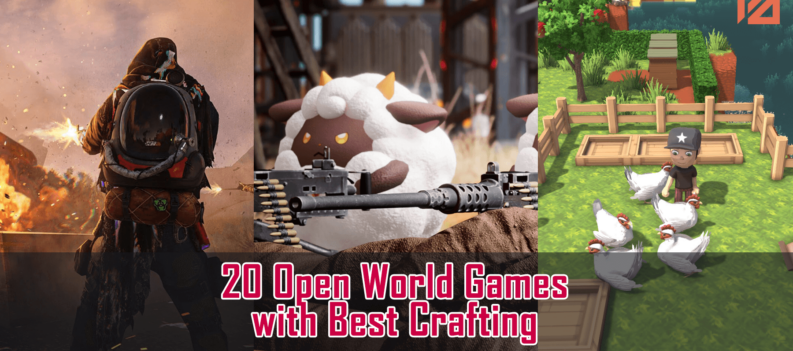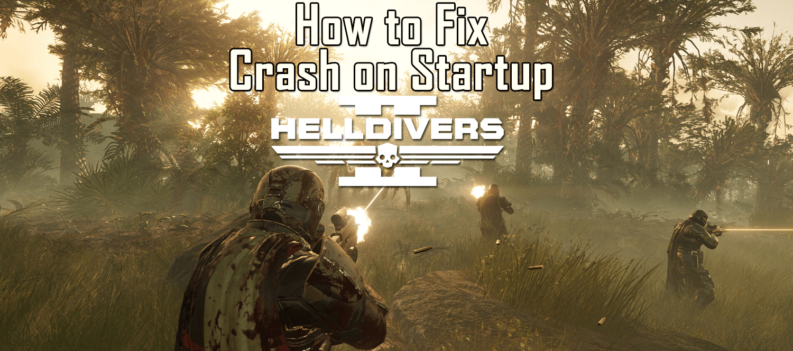There is a clear and obvious comparison to make when playing ChromaGun – from the stark white walls, the levels that occupy a room that, when completed, allow you to proceed to the next under the guise of being tested, the physics-altering gun attached to your right hand…the list goes on. A few games have tried to achieve success by associating with genre defining games that have gone before them, and ChromaGun does this brilliantly with Portal – and absolutely nails it. Summary Ever wonder what might happen if things went belly-up in a futuristic Dulux paint factory? No, me neither, but luckily ChromaGun has us covered to show us just that. A fantastic physics-puzzler, if you love all things Portal you really should give this a go.
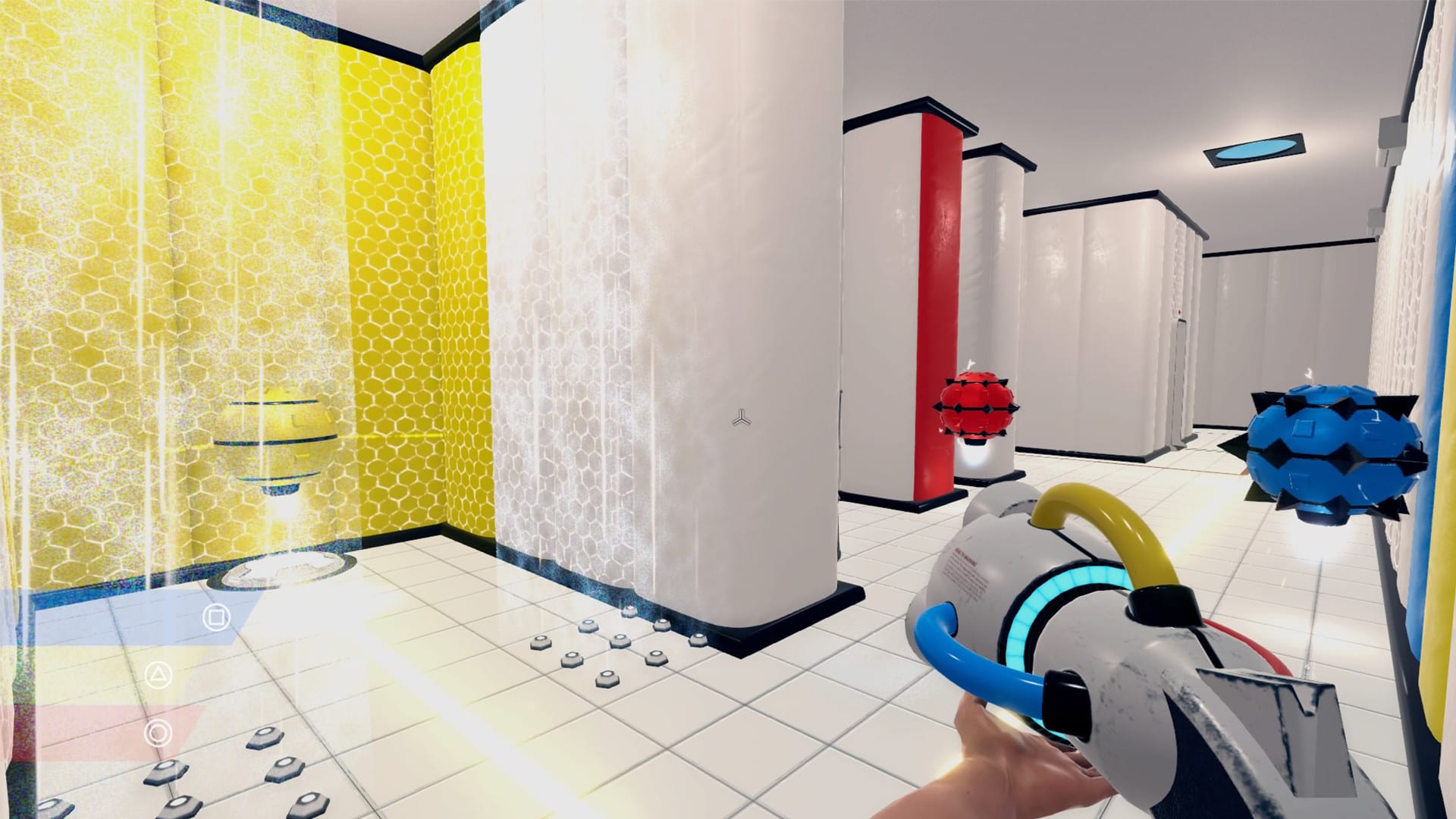
The biggest criticism I can throw ChromaGun’s way is that it is too short. All in all I reckon I Platinumed ChromaGun in around 5 hours, but this was a 5 hour solid gaming session without any breaks because during that time ChromaGun had its claws well and truly in me – my girlfriend even commented the following morning that I’d clearly enjoyed it from the noises I was making downstairs (erm…). Short campaigns can be off-putting all things considering, but ChromaGun does so many things right to justify the £11.99 price tag, especially if you liked Portal in any way, shape or form.
From the very minute the doors of the elevator open and the pretentious disembodied voice announces the set up, the callbacks to Portal are clear. These may be a little on the nose for some people’s tastes, right down to the whole set-up going pear-shaped during the third act, but developer Pixel Maniacs clearly know that the comparison is there and have fun with it, and ChromaGun works as both a standalone game and something of an homage to Portal. In fact, during my playthrough I created something of an alternate history in that two friends became rivals and one went on to set up Aperture and the other went on to set up the equally fictitious ChromaTech (ala Jobs and Wozniak, but that’s just my over active imagination). The point I’m trying to make is that although these similarities are front and centre it does not distract from the game itself, and ChromaGun does do something different when it comes to the challenges you face.
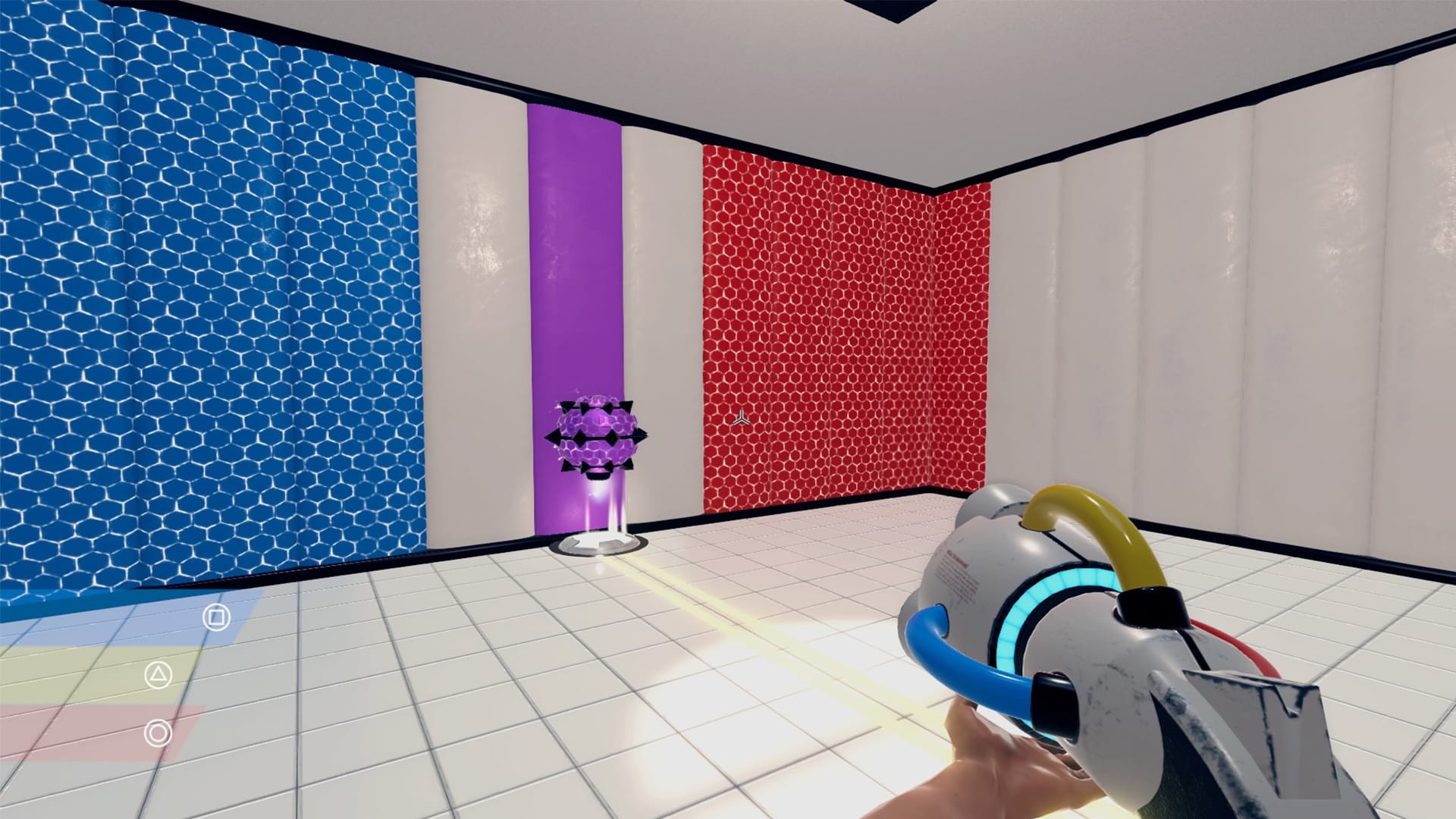
Handed the futuristic sounding ChromaGun, the tasks feel a little like something out of a Dulux paint factory. Within each room are certain tiles on the floor or walls and floating orbs that can each be painted depending on their base colour and the colour your gun is currently set to. In the beginning your ChromaGun can only fire Yellow, but after the game has introduced you to the mechanics in what are essentially the tutorial rooms, this quickly expands to include the other primary colours Blue and Red. Hitting an orb with Blue means it is attracted to any Blue tiles, and if I were then to hit it with Yellow it would turn Green and thus be attracted to any Green tiles in the area. This simple setup is used well over the course of the campaign to create puzzles that range from the easy to the rather difficult, and ChromaGun does a good job of introducing new challenges as you progress. These range from things such as switches that need an orb floating over them to activate doors or timed walls that revert back to their previous colour after a set time. Once the main colour changing mechanic is understood the biggest challenge often comes from working out the order in which you must complete certain steps to proceed to the level’s exit, and as such a lot does come down to trial and error and careful planning – luckily you only ever restart the current room you occupy so failure is never too severely punished.
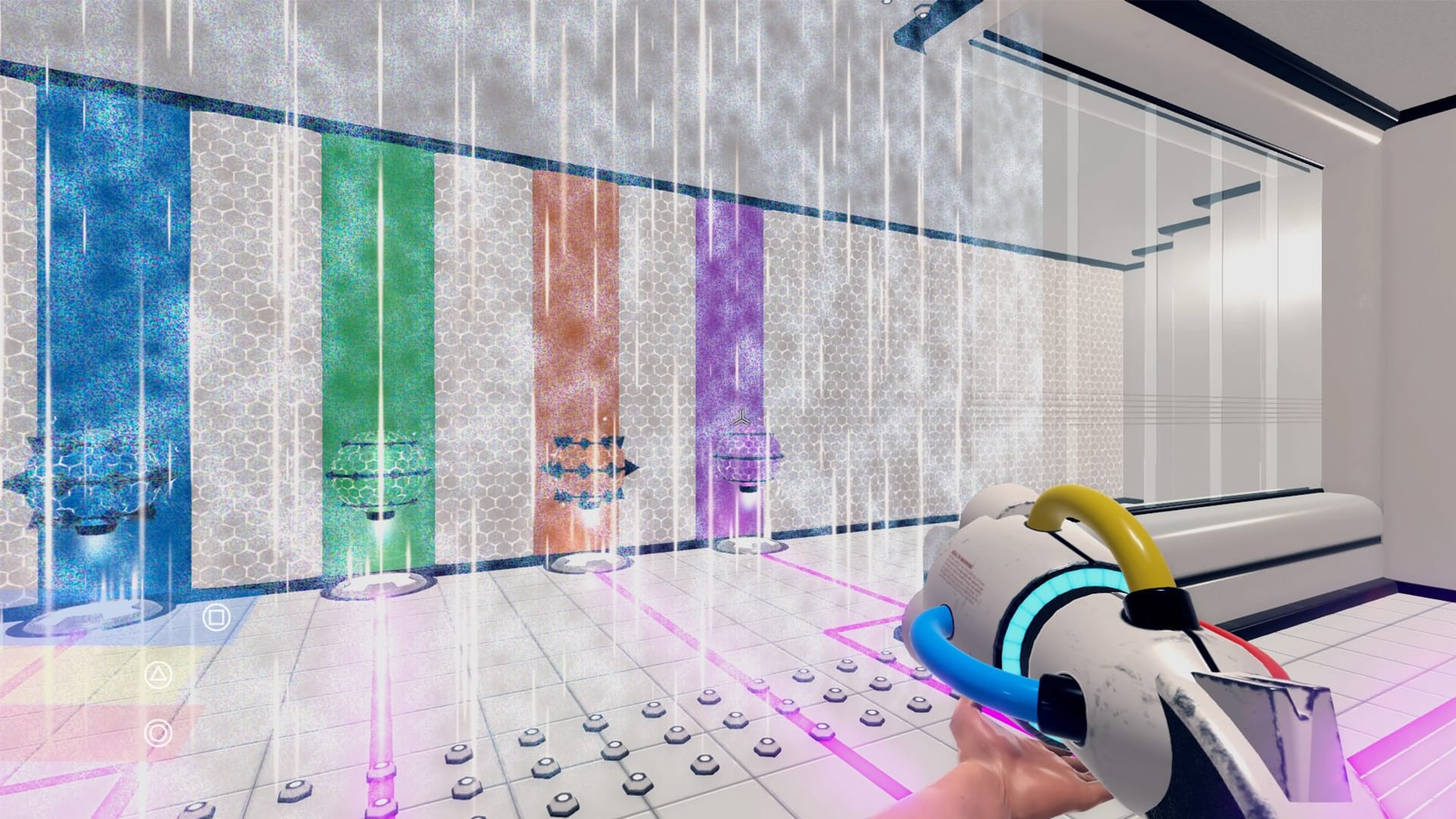
ChromaGun does suffer from a slightly uneven difficulty curve with some tricky levels immediately followed by rather easy ones that are solved with a few simple splashes of colour. These sections do work in the overall narrative but they did feel a little disjointed when I encountered them as no sooner did I feel I was being challenged was I then faced with a puzzle that was solved in seconds.
These puzzles are still the main draw however, and each one does something a little differently. There is a story that plays out, but it’s a pretty obvious one and nothing to really write home about, and that’s largely down to the fact we’ve seen it done so many times before (often when other games have tried to take the Portal angle). All the references and nods to Portal work in ChromaGun, and the game itself feels like some long-lost cousin of the genre-defining franchise that Valve created so long ago. If that sounds like something you could get your teeth into you’re certain to find something to enjoy in ChromaGun – I did.
ChromaGun PS4 Review
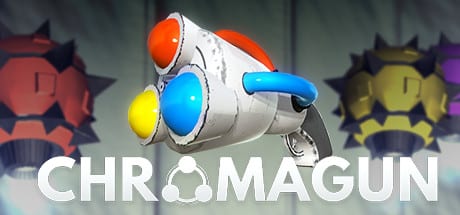
Review Disclaimer: This review was carried out using a digital copy of the game provided by the publisher. For more information, please read our Review Policy.
Reviewed using base PS4.



